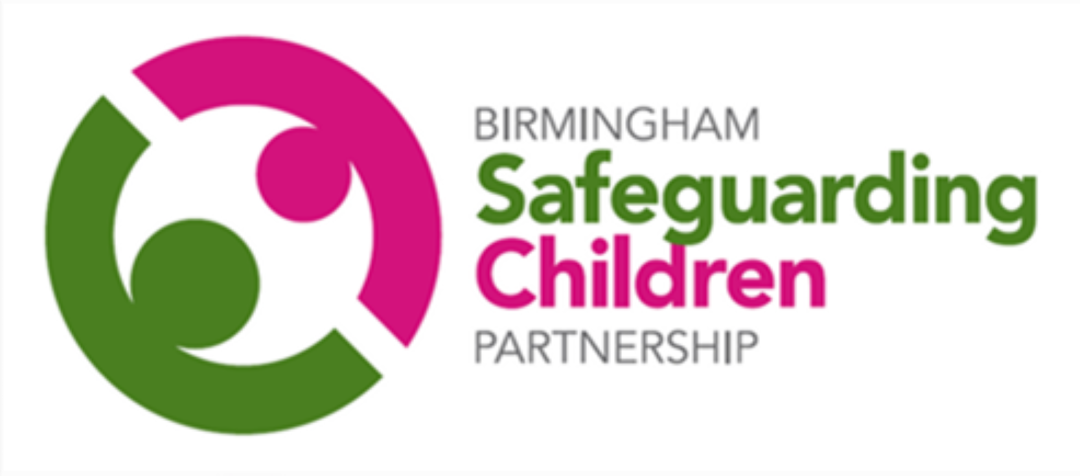Signs of Safety and Wellbeing Practice Framework
The Signs of Safety and Wellbeing Practice Framework has been adopted to provide practitioners and families across Birmingham with a meaningful way to ensure assessments and interventions are purposeful, inclusive and help guide decision making.
- Signs of Safety and Wellbeing enables professionals to use a strengths-based methodology to talk about strengths and concerns with children, young people and families.
- The views of the child(ren) and family are important within this framework and we have a range of tools to help professionals to identify, understand and respect their views.
- There are 4 key steps to using our practice framework:
- What’s going well?
- What are we worried about?
- How worried am I? Using the scaling tool
- What needs to happen?
- This practice framework allows conversations to happen with families and across agencies, by using the same method, discussions around wellbeing and concerns are easily understood.
- It encourages professionals to be curious about the child and the family, and to pay attention to their needs and the help they require.
- The Practice Framework promotes seeking consent and co-operation from families, when we want to share their information, complete assessments or work with them.
- This works in tandem with the consent guidance being produced by the Partnership.
The practice framework helps practitioners to decide the level of need and response in Right Help, Right Time Thresholds.
- The Signs of Safety and Wellbeing Practice Framework has been adopted by Birmingham Early Help and Safeguarding Partnership and will be used to bring together all our conversations about wellbeing and safety.
- The Practice Framework is used throughout our system, including:
- At the Front Door in CASS and MASH, when we discuss a child you are concerned about we will use the key questions.
- In the Early Help Panels, we will use the key questions in our discussions.
Signs of Safety and Wellbeing Toolkit
This toolkit offers a range of practice tools that help us build respectful relationships with families, help us to assess need, risk, harm, well-being and safety and provides us a way to share our analysis with families and partners in a range of settings like family support, health, schools, MASH and social care.
Family Tree/Genogram
A visual drawing of family and extended family. Who is there, who is missing, who is important, meaningful and helpful, and who might not be.
Eco-Map
A visual drawing of the relationships we have with organisations, people who work there and social networks.
Wellbeing Circles
A visual tool for plotting out the people who help improve the child’s wellbeing. Highlights, visually, who does what to help improve wellbeing.
Safety Circles
A visual tool for plotting out the people who help improve the child’s safety today and in the near future. Highlights, visually, who does what to help improve safety.
